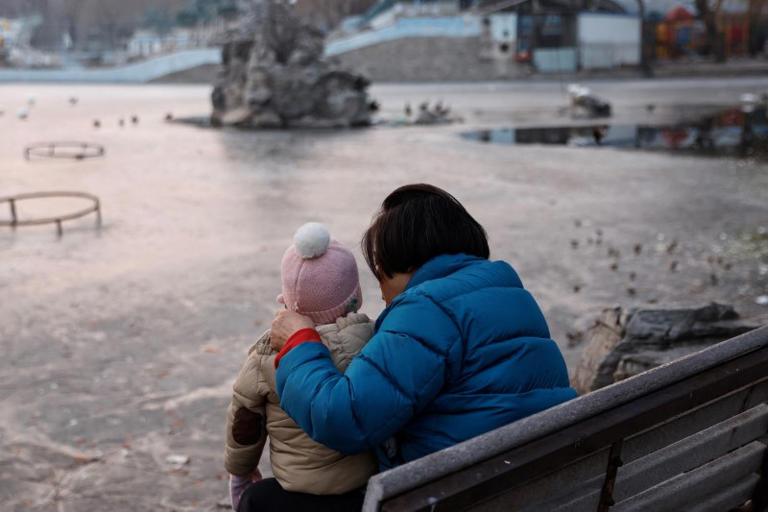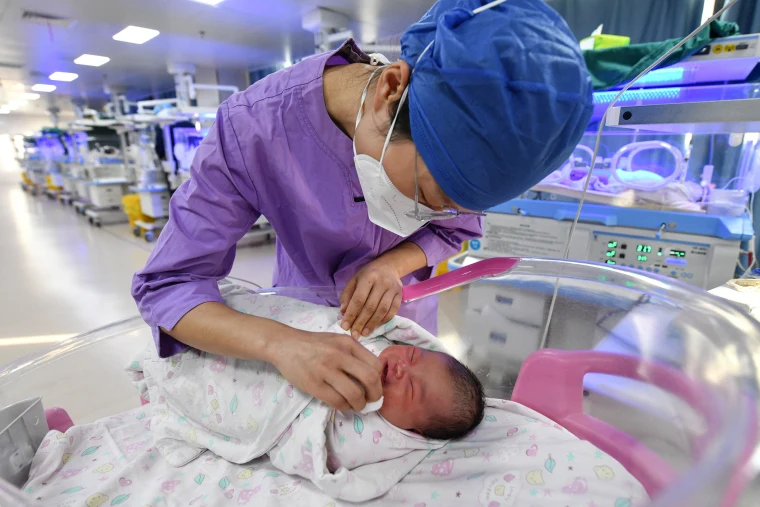China has reported a second consecutive decline in its population growth in 2023, deepening its demographic challenges and posing potential economic burdens.
The country’s National Bureau of Statistics (NBS) revealed a decrease of around 2.08 million people in 2023 compared to the previous year. China’s total population is now 1.409 billion, making it the second most populated country after India.
Factors contributing to the population decline include record-low birth rates and a wave of COVID-19 deaths. In 2022, the population dropped by 850,000 people, marking the first downswing since the Great Famine of 1961 during Mao Tse-tung’s era.

The birth rate experienced a record drop of 6.39 births per 1,000 people, down from 6.77 the previous year, reaching the lowest level since the foundation of the Communist regime in China.
Despite the population challenges, the NBS reported a slight uptick in the country’s economy, growing slightly above the government’s target of 5.2%. However, this pace of growth is considered the “worst economic performance” in three decades. The workforce in the 16- to 59-year-old age group dropped by 10.75 million from 2022, while the population above 60 years old increased by 16.93 million from the previous year.
In 2015, China abandoned its controversial “one-child policy” due to a declining workforce and rapidly ageing population.


